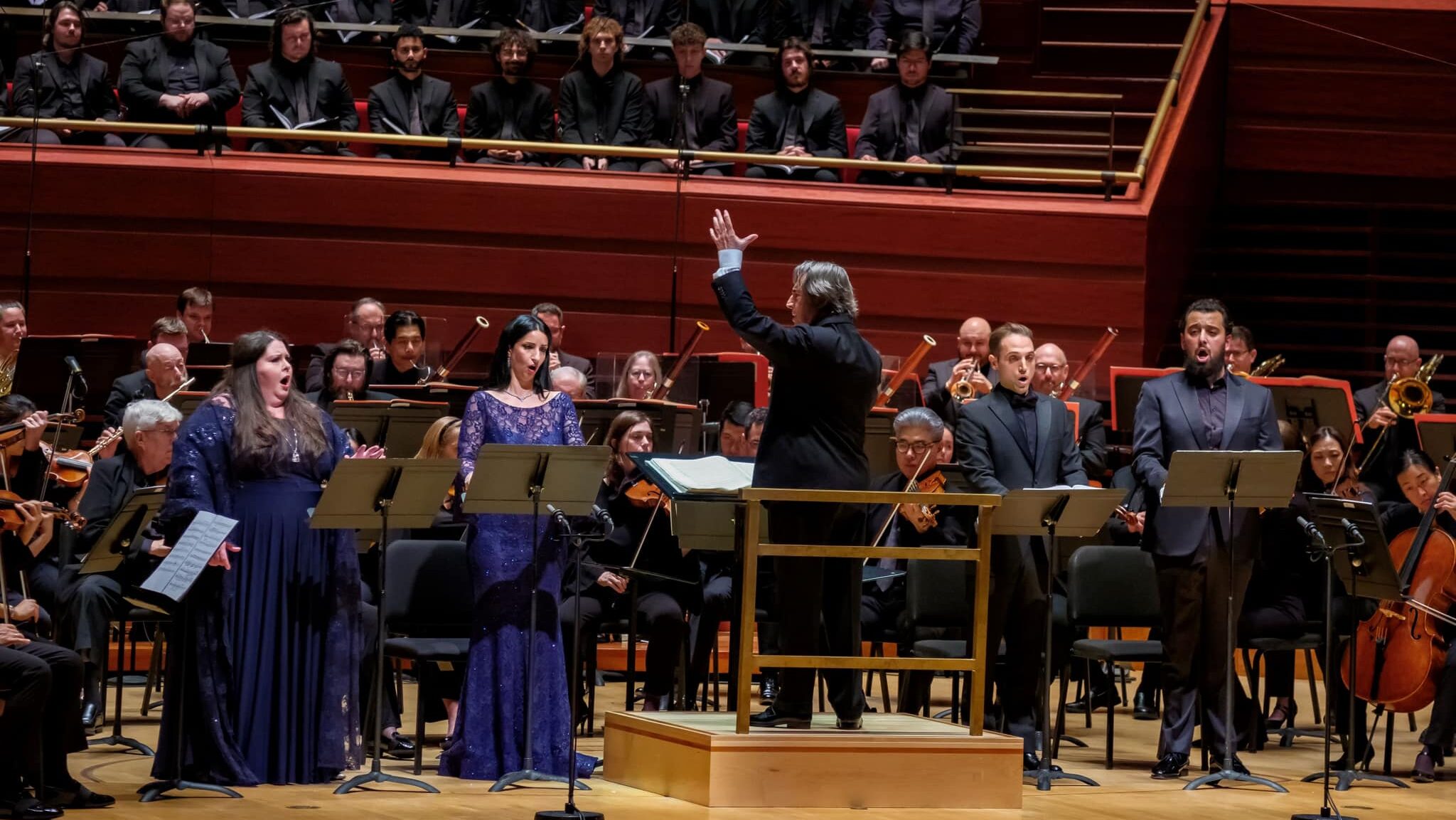
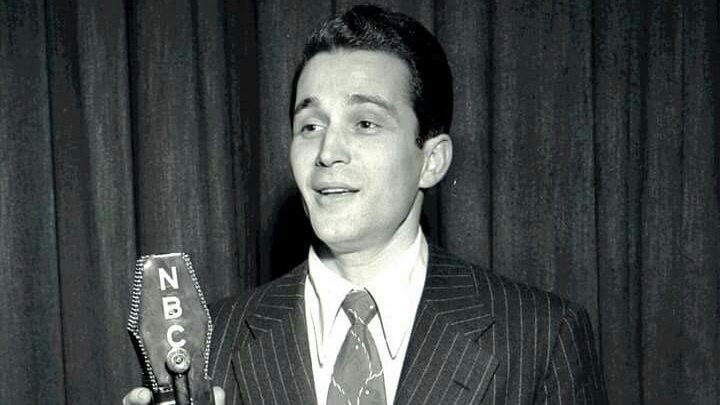
Prior to about two years ago—and I plead woeful ignorance—the name conjured up aural imagery of MOR elevator music, novelty tunes, bland, old fogey TV Christmas specials, and of extreme…relaxation. The only song of his that I could immediately name, owing to its incorporation in several movies, was merely “Catch a Falling Star.” Pleasant, catchy little ditty. But nothing of anything I had heard or caught here and there over succeeding decades that made me want to investigate further.
Then, back within that two-year time frame,Turner Classic Movies played the biopic “Somebody Up There Likes Me” with Paul Newman playing boxer Rocky Graziano.
As the movie began and the credits commenced, a baritone voice of considerable tonal beauty began singing the title song:
The lyrics, as you’ll hear, are poignant, bittersweet, imploring. The interpretation sensitive, nuanced, and deeply-felt (the violin response after the first a cappella line is an exquisite accentuation) . I couldn’t identify the voice, and I was truly surprised to see who was credited: “Sung by Perry Como!”
Those two minutes turned out to be something of a watershed experience; I had been moved, touched, and taken with the beautiful tone quality. Most crucially, it caused me to want to hear more.
Much more, and so I embarked on a traversal through YouTube, eager and compulsive, wanting to match the initial experience of being initially so *drawn in* by Como’s singing. With that, also wanting to know the trajectory and scope of the career of “Mr. C” (as he was affectionately called); I had no idea whatsoever that he had one of the longest and most successful careers in the 20th century.
Born in 1912 to a large first-generation Italian family in Canonsburg, Pennsylvania, young Perry showed musical promise on several instruments at an early age. Being practical-minded, though, he believed a secure living was as a barber, of which he started doing while a teenager; but he also began singing as he cut away. Como, apart from being recruited to sing in weddings, wound up doing gigs with a couple of minor-league bands, while firmly believing he had no future in music and was determined that barbering was the safest prospect to earn a sustainable living.
His wife Roselle and his father convinced him to pursue singing. Influenced by the then-innovative microphone crooning method of Bing Crosby, Como eventually found his own style after a few years. He began cutting records in 1936, while making a name for himself, racking up a few moderate hits.
Como hit the big time in 1945 with the new Rodgers and Hammerstein song from Carousel “If I Loved You,” and most especially the monster hit “Till The End of Time,” whose melody is based on Frédéric Chopin’s Polonaise in A flat major, Op. 53, the “Polonaise héroique”. The single remained at #1 for 10 weeks and sold over two million copies.
For the next dozen years Como dominated the sales charts with one hit after another. His recording career lasted until 1987, with over 700 songs in his discography. His record sales, surpassing 100 million, were exceeded in that time period only by Bing Crosby, Elvis Presley, and The Beatles. Of his singles, 131 charted, 14 of them hitting #1, with 33 albums besides. His last (in an amazing comeback) top 10 hit was “It’s Impossible” in 1970.
After a few movies for Hollywood that didn’t pan out, Como found his way onto radio with his own show, which in 1948 was transferred to the new medium of television. The format suited his congenial, easy-going personality, and Como racked up a staggering 1,049 television ratings-hit shows and specials in his lifetime. The television job location in New York City suited him well: a devoted family man who did not like being away with touring, he resided in Long Island and was able to be around as a husband, and father to his 3 children while they were growing up.
Como, his children grown, returned to live-performance touring in 1966, in which for nearly 3 decades he gave over 570 performances, domestic and international, to sellout venues and to public and critical acclaim. His last documented official public performance was in Ireland, 1994, which marked the occasion of his last TV special, a Christmas show; thus ending a career that effectively lasted for over 60 years.
Como died, while snoozing in an armchair, on May 12, 2001, just a few days shy of his 89th birthday.
But let’s return to the raison d’etre of this article: the Como voice.
My subsequent explorations into his art did not disappoint me: in fact, I’ve become a devoted fan (fanatic? What true diehard vocal aficionado is not?). I’ve hunted down more than half of his vintage LPs, some CD collections, and YouTube provides a whopping selection of his commercial and television appearances. A serious, scholarly book on his artistic career proved illuminating and informative.
Como is, to a rabid singer-aficionado like me, vocally of near non-pareil excellence, one of the coolest cats in the vast genre of pop-jazz singing. I consider him a great singer, equal in musicianship and technique to many of my favorite opera singers.
There’s always a hazard in utilizing language to the effect of indicating some ideal of perfection in the summarization of an artist; you have to factually prove such a notion in a tangible fashion, and that is about as elusive as perfection itself.
Yet if one goes through Como’s legacy of songs, one will have to search-listen mightily hard and long for what could be perceived as “imperfections” or “faults” in his actual vocalizing. There might, however be legitimate quibbles or outright resistance to many of his song choices (several of which Como himself considered “garbage”), interpretations (often considered less deeply-probing than the Chairman of the Board of pop-jazz singing Sinatra), or even his pure, clean style: many will prefer more edginess and rough-hewn vocalism. Como’s style was arguably *classical* in nature, arguably a purveyor of the bel canto manner of singing: a congenially smooth line, and an unerringly consistent purity of vocalism.
Como’s range is that of a typical pop baritone of about 2 octaves, F to F, although he gave every indication of comfortably exceeding those boundaries on either end. The equalization within that range was exceptional; the lowest tones never sounded forced or throaty, while the undetectable passaggio, and ascent into the upper register is unusually free and soaring, with nary a hint of strain or effort.
What distinguishes Como’s voice, though, is its absolutely ideal tonal production, backed by a technique that—astonishingly enough—shows scant evidence of flaws. The tonal quality has a cello-like resonance of warmth and roundness to its timbre, with a golden sheen at its core. The emission of breath is unnoticeable; that is to say organically wedded to the tonal output—entirely free of undue exertion.
What is most welcome to hear in his delivery of lyrics is not only the exemplary, unmannered diction, but the purity of phonation in Como’s pronunciation of vowels. Nowhere will one encounter off-color distortions of any vowel in order to “fatten up” a tonal note, a trick singers mistakenly think will add more sonority; when such a maneuver is so employed, it lends an essence of artificiality to the pronunciation of lyrics that Ethel Merman scornfully referred to as “Concert English.”
Then there is Como’s prodigious musical sensitivity. He could sing at any dynamic level, with especial skill in the soft, sustained, phrase without losing the body of the tone or the impetus of the line. Como could also soar the heights with unruffled, thrilling abandon.
Como had an astonishingly consistent way of making anything he did sound effortless; many singers have worked far harder with less-than-optimal results. Such was his ease of handling all sorts of material that he developed an unwarranted reputation as being overly “relaxed,” even blissfully unperturbed in manner; but that is a lazy response to the actual reality: Como put in all the hard work to achieve that hallmark quality of consummate ease of delivery and musical poise. He attained that elusive, hard-to-achieve “art that conceals the art.”
Music critic Gene Lee perhaps summed up this state of affairs best:
Despite his immense popularity, Como is rarely given credit for what, once you stop and think of it, he so clearly is: one of the great singers and one of the great artists of our time.
Perhaps the reason people rarely talk about his formidable attributes as a singer is that he makes so little fuss about them. That celebrated ease of his has been too little understood. Ease in any art is the result of mastery over the details of the craft. You get them together to the point where you can forget about how you do things and concentrate on what you are doing. Como got them together so completely that the muscles don’t even show. It seems effortless, but a good deal of effort has gone into making it seem so.
Como is known to be meticulous about rehearsal of the material for an album. He tries things out in different keys, gives the song thought, makes suggestions, tries it again, and again, until he is satisfied. The hidden work makes him look like Mr. Casual, and too many people are taken in by it—but happily so.”
In no particular order I present my favorite Como songs which I believe to show him at his best, with a few others thrown in to highlight his versatility. His specialty were dreamy love songs, which amount to aural foreplay.
“No Other Love” is from Rodgers and Hammerstein’s 1953 musical Me and Juliet. The tune was borrowed (titled “Beneath the Southern Cross,”) from the composer’s Victory at Sea, and set to words by Hammerstein.
Como’s rendition became a #1 hit in 1953. I believe it to be one of his greatest recordings. The jaunty tune is done with a persuasively seductive lilt, yet masculine and full of sensual ardor; Como takes the listener by surprise with the ease and fullness of the high Fs, culminating in a splendidly operatic ending:
“You Alone (Solo tu)” was written for Como in 1953, music by Robert Allen, words by Al Stillman.
This tune sounds like it would not be out of place in a Romberg operetta, and the text turns over into Italian halfway through: Como, who didn’t speak English until he went to school, handles it with idiomatic aplomb. The song is full of romantic yearning, and inspires regret that Como didn’t do more classical material:
“Some Enchanted Evening,” after South Pacific premiered in 1949, was immediately covered by several notable artists of the time, with Como’s version reaching #1 on the record sales charts.
It’s easy to hear why it did, and as well why his rendition is so highly regarded. If one is used to the stately, to-the-balcony refulgence of Ezio Pinza, Como may sound lightweight; though he does the song in the score key of C, it sounds like an altogether *different* kind of tune. That is, more personal, more romantic—more like he’s gently seducing Nellie Forbush—not blasting her into the Pacific. And it works, most beautifully; this is a love song, after all, albeit indirectly telegraphed to the object of his adoration. I am reminded what Doris Day wrote what she learned from her singing teacher, Grace Raine, on “the importance of singing lyrics correctly”:
When you’re singing the lyrics to this song, imagine that you’re singing that in one’s ear. Don’t just belt out a song, because that’s impersonal, just putting it up for grabs. Remember that when you’re singing a lyric it’s really like playing a scene, and you can make it mean something to you. How many times have you heard marvelous singers with beautiful tone quality whose song means nothing to you because it doesn’t mean anything to them?
Como’s reading is a pure delight to the ears; and what a joy it is to hear the eloquent words so well intoned:
For comparison, listen to Bing Crosby’s poker-faced rendition:
“The Sweetest Sounds” is a Rodgers tune, post-Hammerstein from his 1962 show No Strings. It is a song full of yearning for true love—“And the dearest love in all the world is waiting somewhere for me.”
To give one an idea of just how sensitive an interpreter Como is, my search turned up a couple of comparative renditions.
Richard Tucker takes the bad-verismo approach: it is horrifyingly belted out and brazenly put “up for grabs.”
Gordon MacRae is clumsy and heavy-footed; where is that melting, dulcet tone he utilized in the reprise of “If I Loved You” at the end of Carousel?
Relief arrives in Como’s exquisitely wistful, understated approach; particularly lovely is the penultimate phrase, “is waiting somewhere,” which has a most beautiful, yearning quality.
“Forever and Ever” was originally a popular WWII German song, “Fliege mit mir in die Heimat” by the Austrian songwriter Franz Winkler. It was turned into an English song, with words by Malia Rosa.
Como’s single of it reached #2 on the billboard charts, and it is a charming, ineffably Viennese “Tempo di Valse,” which is fetchingly handled:
And what of Como’s “novelty” tunes, for which he received a bad rap? Well, plenty of singers did them during the 1950s, but no one did them better than Como—several turned into major hits, despite his misgivings about them. The manner in which he did these songs, which account for his success in doing them, is that he delivered this sort of material with straightforward sincerity, a lightness of means, and what appears to be a winsome sense of levity.
“Round and Round” a #1 hit in 1957, is hopelessly catchy, with a rather clever backing chorus:
Como even dabbled in a rocking jukebox dance song in 1957, “Just Born To Be Your Baby,” which shows him, though he is no Elvis, to be up to the task:
“It’s Easy To Remember” finds Como doing the Rodgers and Hart song in an intimate setting, backed only by a small combo; it is wonderfully bracing and, uh, relaxing:
“The Birth of the Blues” is a big, uptempo jazzy number written in 1926, by Henderson, DeSylva, and Brown. Como displays energetic verve and style:
The most personal song Como recorded came in 1987, for his last recording session, which he dedicated to his loyal, supportive wife, Roselle: “Wind Beneath My Wings.”
Como is 75 here, the basic quality of his voice intact, 51 years after he cut his first record. It is the voice of a mature man, but there’s no doubting the the deeply felt response to the lyrics:
This is but a tiny sampling of Como material, but one which, I think, best honors his artistry and excellence.
For anyone wanting a comprehensive collection of the essential Como, one would do no better than to acquire the 1993 3 CD set put out by RCA to commemorate his 50th year with the label entitled “Yesterday and Today—A Celebration in Song.” It contains 71 of his most defining songs, all remastered, with a deluxe booklet packed with a biography, photos, and a complete listing and charts of his recordings.
For a single album, jazz and pop aficionados unanimously agree that Como’s 1957 “We Get Letters” is his one essential must-have. Backed only by what was called “Como’s Little Combo,” it is a selection of intimate songs that show Como in spare, elegant arrangements.
https://amzn.to/2Niz4hC
The book I mentioned above is called Perry Como: A Biography and Complete Career Record, by Malcolm MacFarlane and Ken Crossland. It is a literate, well-written, and fascinating account of Como’s life as related to his career, as well as the eras in music culture. It contains an ultra-complete timeline of appearances, dates, events, and discography.
As for Como himself, if there is any male singer today who does what he did as well as he did,
I’ve yet to hear him. Anyone?
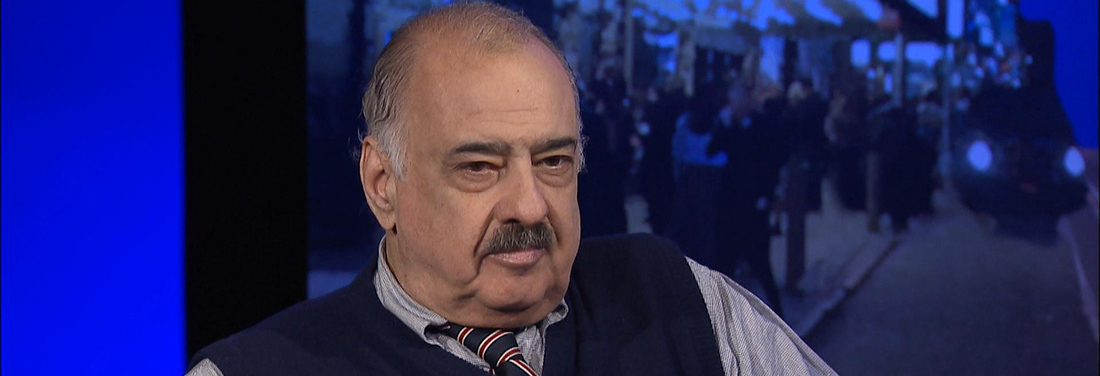
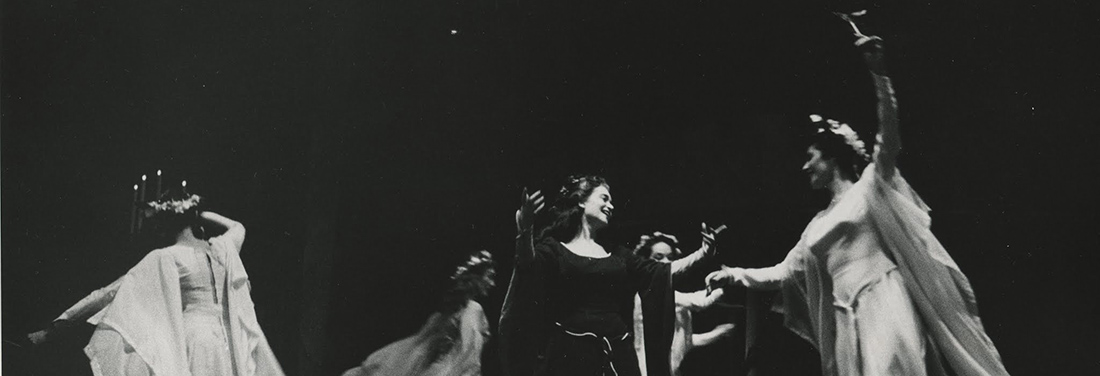
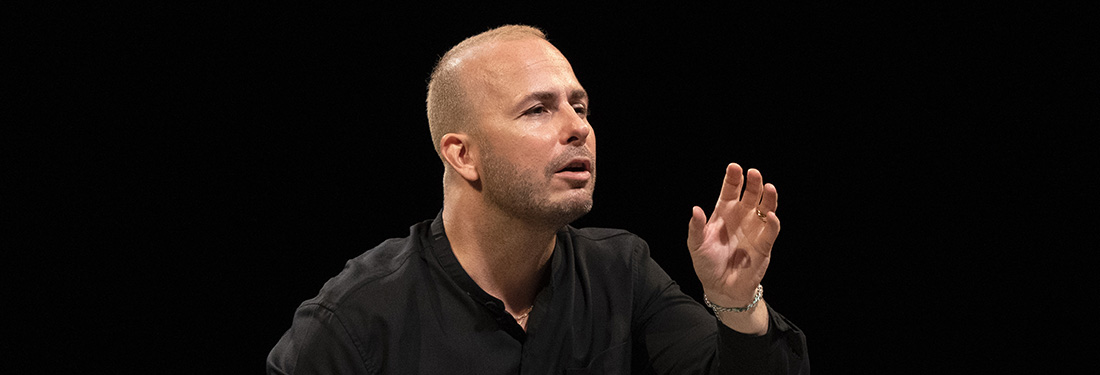
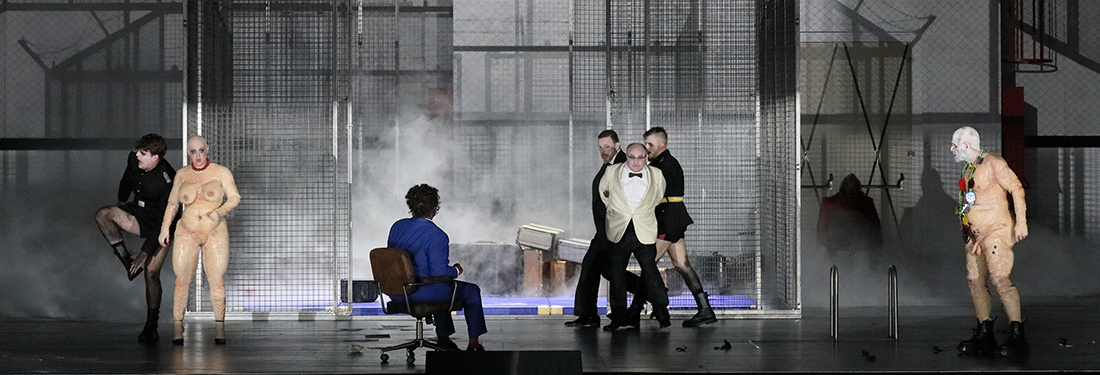

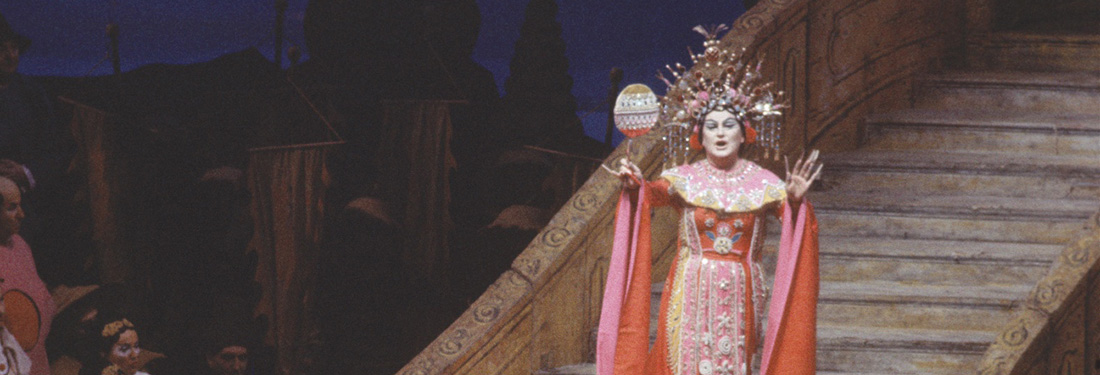

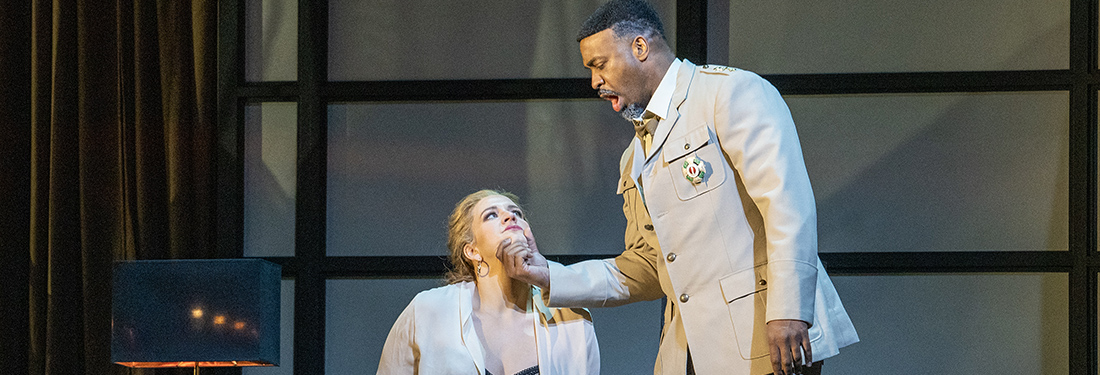

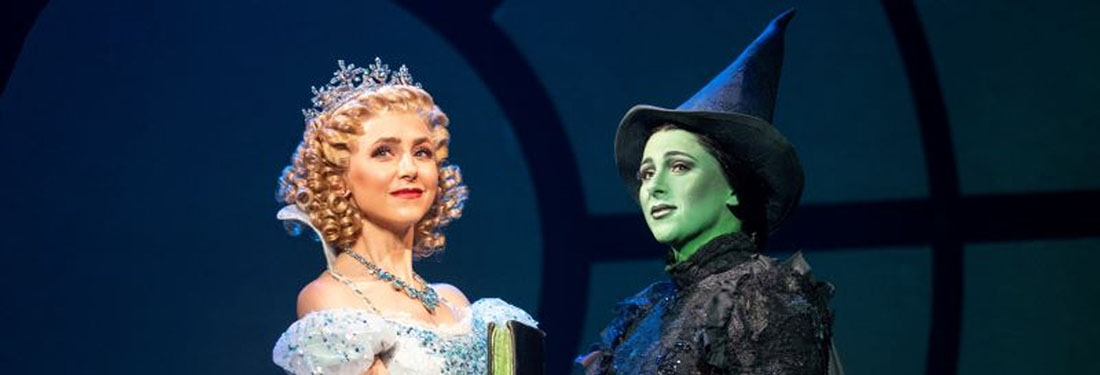
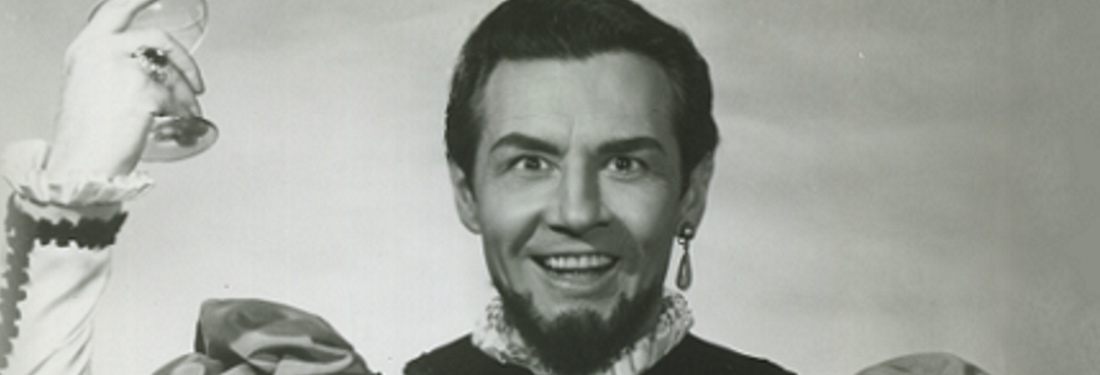










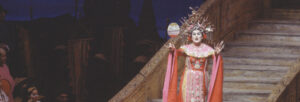



Comments